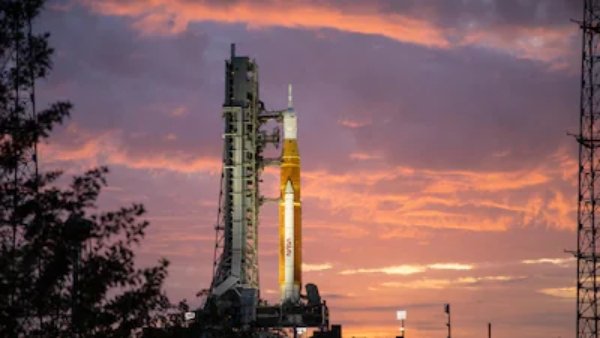
NASA is intending to continue with a changed wet dress practice, essentially centered around failing the center stage, and negligible fuel procedure on the interval cryogenic impetus stage (ICPS) with the ground frameworks at Kennedy. Because of the progressions in stacking systems expected for the changed test, wet dress practice testing is scheduled to continue with call to stations on Tuesday, April 12 and failing on Thursday, April 14. Wet dress practice is a chance to refine the commencement systems and approve basic models and programming points of interaction. The altered test will empower specialists to accomplish the test goals basic to send off progress.
Engineers have distinguished a helium check valve that isn’t working true to form, requiring these progressions to guarantee security of the flight equipment. Helium is utilized for a long time tasks, including cleansing the motor, or clearing the lines, before stacking charges during failing, as well as depleting fuel. A check valve is a kind of valve that permits fluid or gas to stream in a specific course and forestalls reverse. The helium check valve is around three inches long and keeps the helium from streaming back out of the rocket.
Following the changed test, the Space Launch System rocket and Orion space apparatus will get back to the Vehicle Assembly Building (VAB) where designers will assess the valve and supplant if necessary. Groups are certain about the capacity to supplant the valve once back in the VAB.
NASA will have a video chat to examine subtleties on Monday, April 11. Inquire at this blog for a report on the commencement timetable preceding the adjusted wet dress practice testing for the Artemis I mission.
